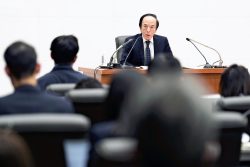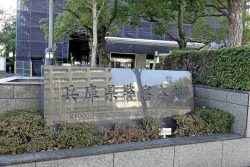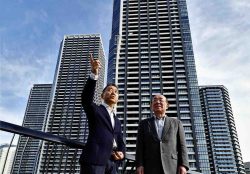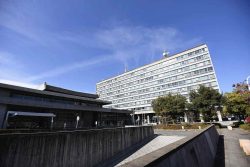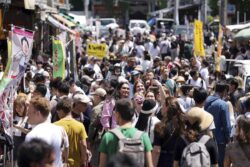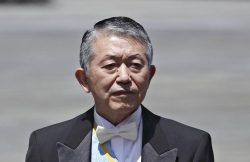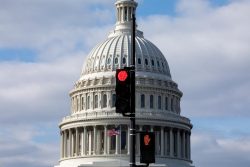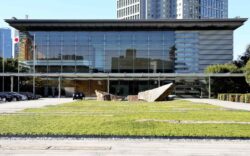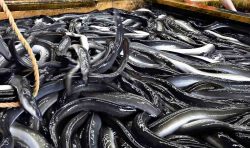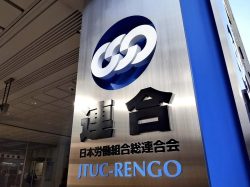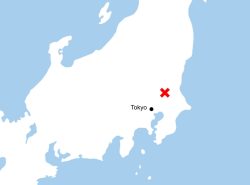President of Asian Development Bank: Continue to Be A Model of Support for Developing Countries
15:37 JST, February 26, 2025
Masato Kanda, former vice finance minister for international affairs, has taken office as the 11th president of the Asian Development Bank (ADB).
Demand for infrastructure in the Asia-Pacific region, which is expected to be a global center for growth, is robust. It is hoped that the ADB will work to strengthen its support while demonstrating fair and transparent norms in providing financing.
The ADB was established in 1966 as a multilateral development bank for the Asia-Pacific region. Currently, there are 69 member countries and regions. Japan and the United States are the largest investors. Since its establishment, all presidents have been Japanese.
In order to reduce poverty and achieve equal economic growth, the ADB provides low-interest loans and other assistance for projects such as infrastructure development and measures to tackle climate change. In 2023, this support totaled about $24 billion, or about ¥3.6 trillion.
The unanimous selection of Kanda as the new president without any opposition candidates was probably due in part to a sense of trust in the history of Japan, which has stood with developing countries and supported their development.
The Asia-Pacific region requires huge amounts of funds for the development of roads, electric power and other infrastructure. The ADB has a major role to play, as the lack of such funds has been a drag on the region’s growth.
Expanded measures against global warming can also be called urgent. Island countries are facing problems such as rising sea levels and coastal erosion. It is important to ensure that disasters do not destabilize the region.
When it comes to development assistance, there has been a deep-rooted sense of apprehension around China’s Belt and Road Initiative, which is intended to create a massive economic zone, due to its nature as a “debt trap,” with aid recipient countries becoming deeply in debt and being deprived of their interests by Beijing. In addition, China’s economic stagnation has reduced its capacity to provide support.
Meanwhile, the administration of U.S. President Donald Trump, which touts a policy of “America First,” is reviewing its foreign aid policy.
The ADB’s responsibilities may become even heavier.
It will also be important to cooperate with the China-led Asian Infrastructure Investment Bank (AIIB).
Immediately after the AIIB was established in 2015, some questioned whether it could be managed fairly. This was due to concerns, for example, that China’s interests would be prioritized and there would be greater risk for defaults on loans because of lax screening of loans.
Currently, the AIIB has been working steadily on cofinancing with the ADB, and the AIIB’s criteria are reportedly being aligned with those of the ADB. It is vital to continue to try to communicate with the AIIB and encourage it to comply with international rules.
The AIIB has a growing presence, with more than 100 member countries and regions. The ADB should build a track record of high-quality infrastructure assistance in order to remain a model for development finance.
(From The Yomiuri Shimbun, Feb. 26, 2025)
"Editorial & Columns" POPULAR ARTICLE
-

Violations of Subcontract Law: Major Automakers Must Eliminate Old Practices
-

Local Governments’ Tax Revenues: Devise Ways to Correct Imbalances in Tax Sources
-
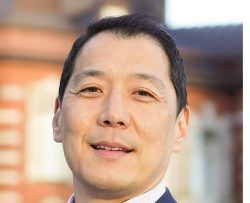
5 Japanese Business Dinner Mistakes to Avoid — and What They Taught Me About Business in Japan
-

Heavy Rains in Asia: Support for Victims, Flood-Control Measures Urgently Needed
-

Rice Coupons: A Misguided Approach to Countering Rising Prices
JN ACCESS RANKING
-
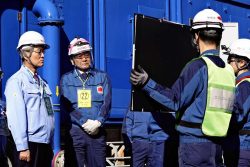
Keidanren Chairman Yoshinobu Tsutsui Visits Kashiwazaki-Kariwa Nuclear Power Plant; Inspects New Emergency Safety System
-
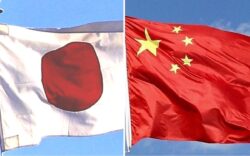
Imports of Rare Earths from China Facing Delays, May Be Caused by Deterioration of Japan-China Relations
-
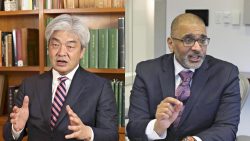
University of Tokyo Professor Discusses Japanese Economic Security in Interview Ahead of Forum
-
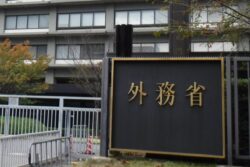
Japan Pulls out of Vietnam Nuclear Project, Complicating Hanoi’s Power Plans
-

Govt Aims to Expand NISA Program Lineup, Abolish Age Restriction




